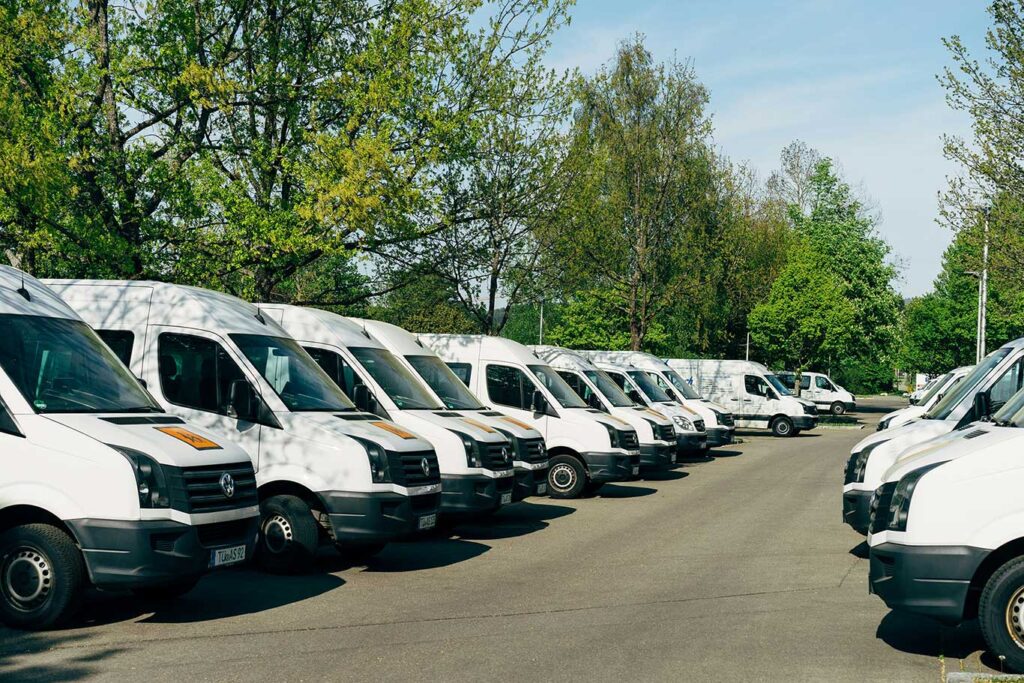Commercial Insurance Is Getting Tough – Here’s How Telematics Can Help
If you’ve been in the commercial insurance space lately, especially in heavily effected states like California, Florida, or Texas—whether you’re a small business owner trying to insure your fleet or an independent broker working to place coverage—you’ve felt the pressure.
Rates are up. Underwriting is tighter than it’s ever been in the history of the industry. And finding good, affordable coverage for vehicles and fleets is getting harder by the day.
So, what’s going on? And more importantly, what can you do about it?
What’s Changing in the Commercial Insurance Market?
The short version: it’s getting more expensive to cover commercial vehicles, and insurers are being pickier about the risks they take on. Here’s a few reasons why:
- Claims are More Expensive – Repairs, labor, cost of parts and medical bills have all gone up.
- More Lawsuits and Bigger Settlements – The risk of a big legal payouts is higher than ever and lawyers know this!
- Driver Shortages – Newer, less experienced drivers can lead to more accidents and claims.
- Fraud – Unfortunately, not every claim is what it seems.
- Regulations – Extra compliance requirements are making it harder to stay ahead in both industries.
For small businesses, this can mean astronomical premium increases, limited carrier options, or even non-renewals. And for brokers, it makes placing coverage more challenging and is taking more time now than it ever has—especially for clients with fleets or a few moving violations or an accident on the books.
So Where Does Telematics Come In?
This is where things get interesting. Telematics—a fancy word for tech that tracks how vehicles are driven—is a game-changer in this environment.
We’re talking GPS, speed tracking, driver behavior monitoring, driver scoring and real-time data on how your vehicles are being used.
Here’s how it helps:
1. Better Rates (Eventually)
When insurers can see real driving data, they don’t have to guess as much. Safer driving can lead to lower premiums, especially over time. It’s all about showing, not telling. We all know how much underwriters like their data on risks and that’s something we can provide!
2. Catch Risky Driving Early
With telematics, you can spot bad habits like harsh braking, speeding, or long idle times before they lead to an accident or a claim. It’s like having eyes on the road—even when you’re not in the passenger seat. This gives fleet managers the peace of mind knowing that they have their fingers on their fleets no matter where they are located!
3. Easier Claims
If something does happen, the data can help clear up what went down. No more guessing games or “he said, she said.” Our Dashcams and OBD devices hold the information needed to protect you in the event of a claim.
4. Coaching Drivers
Our systems offer driver scorecards and coaching tips—turning your team into safer, more efficient drivers (and giving you more peace of mind) and in turn benefiting your insurance rates.
5. Stronger Insurance Relationships
Brokers who bring telematics into the picture can often get better responses from underwriters. It shows you’re proactive and trying to control losses—not just shopping for the cheapest quote. Plus, we all know the age-old question “what have they done to prevent further losses and/or create better habits?” Adding telematics is great way to show that fleets are working to take control and improve their driver and fleet safety.
Bottom Line
Yes, the commercial insurance market is a little rough right now. But tools like telematics can help you ride out the storm. Whether you’re a business owner trying to lower costs, or a broker trying to place a tough risk, having real driving data on your side is a major win.
Want to learn more about how telematics can help you or your clients? Fleetr is here to help. Let’s talk.

